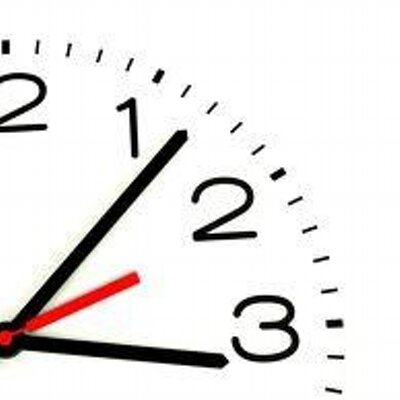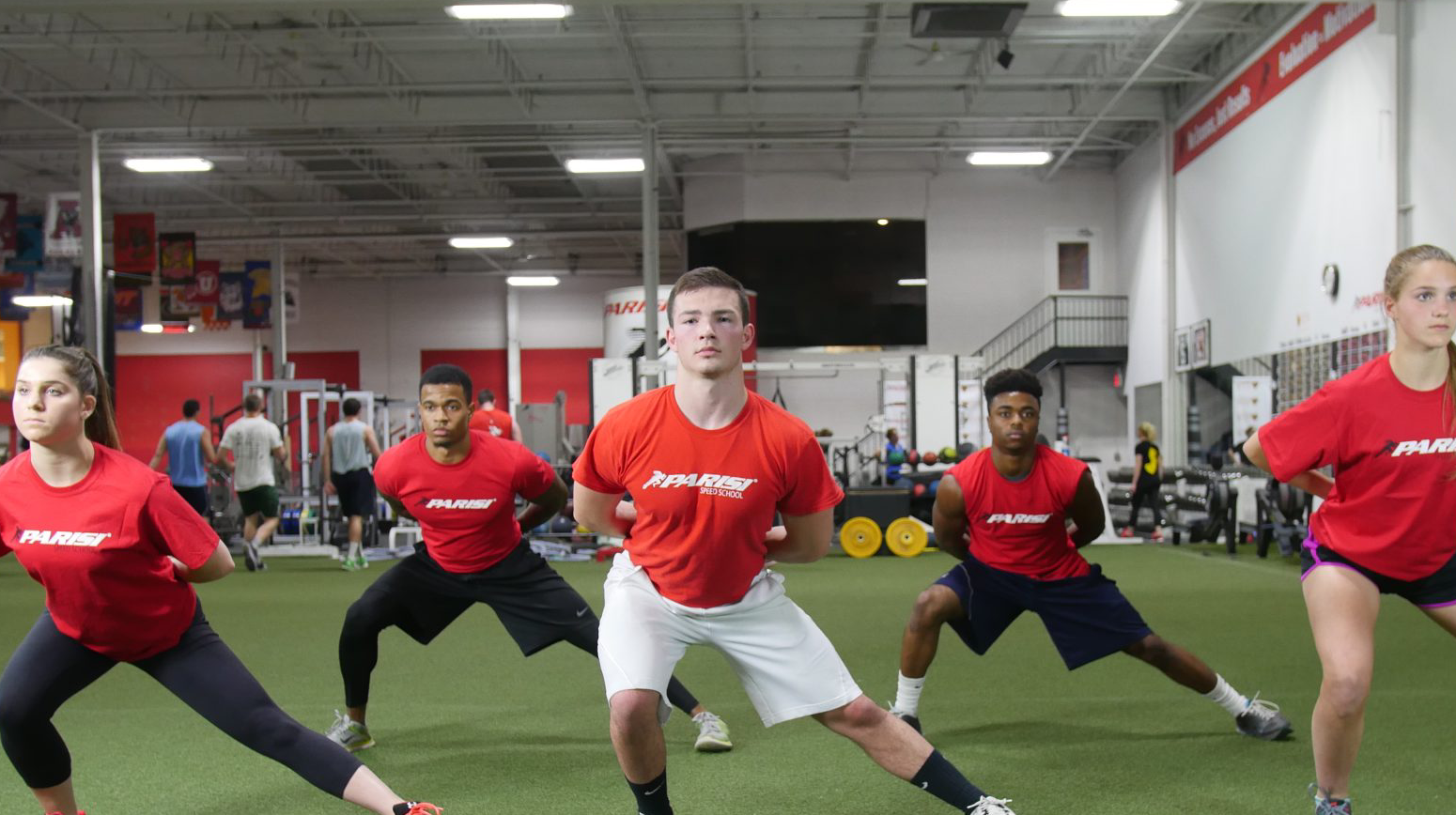There are multiple ways to increase the intensity of an exercise. Increasing the time under tension can increase the difficulty without increasing the weight; this is done easily by giving each movement a tempo. Tempo is the rate in which you do an exercise. It is written with three numbers; eccentric (lengthening of the muscle), isometric (holding) and concentric (shortening of the muscle, or contracting). A tempo is usually written numerically (example: 321). The numbers always reflect (eccentric, isometric, concentric), regardless of the lift.
A lot of strength acquired through strength training happens during the eccentric portion of most lifts, this is what gives us most of that soreness we feel during the days following strenuous exercise. Most tempo based movements focus more on this portion to give the amateur lifter a chance to learn to control their body under the load of a weight.
The Isometric portion of a tempo focuses more on the end point of a lift. Holds are great at teaching the athlete proper posture and technique at the top or bottom of a lift. Increasing the length of a hold can drastically increase the difficulty of an exercise due to more time under tension.
The concentric portion of a lift can be lengthened to increase the amount of control an athlete has during the end phase of any exercise. Many novice athletes don’t quite have the motor pathways to lift weights effectively. Slowing down their concentric movements can force them to focus more on their technique and the path of the weights being lifted.
This type of modification is easily applied to any program. Next time you are at the gym, try to add a tempo to your normal exercises. You may find yourself needing to lower the weights in an attempt to effectively control the movements.


 Training Tips! Learn More about the Side Lunge…
Training Tips! Learn More about the Side Lunge…